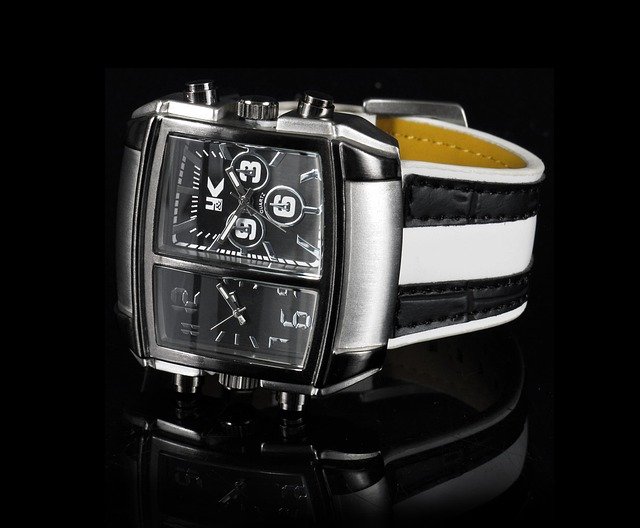Preparing delicate pieces for travel and storage
Delicate pieces require thoughtful preparation before travel or long-term storage. Proper sizing and fit checks, attention to materials and closures, and simple maintenance routines reduce the risk of damage. Whether pieces are metal, leather, or textile, a few careful steps—cleaning, separating, and choosing the right packing or storage environment—preserve appearance and durability while keeping customization like engraving safe.

Sizing and fit: how to measure and check
Before packing or storing delicate jewelry, confirm sizing and fit to avoid stress on links and clasps. Measure wrist circumference with a soft tape and note whether pieces should sit snug or loose; adjustable chains and extension links offer flexibility for travel when temperature or swelling may affect fit. If a piece is marginally tight, consider a temporary extender or wear it less during transit to prevent stretching. Proper fit minimizes strain on materials and closures, reducing the chance of breakage while packed or in storage.
Materials and durability considerations
Different materials behave differently under pressure, humidity, and temperature changes. Metals like gold, silver, and plated alloys vary in hardness and resistance to tarnish; softer metals dent more easily. Leather and textile bracelets absorb moisture and can warp, while some coated or painted finishes may crack. Assess durability by material: solid metal pieces tolerate compression better than wrapped textile bands. When preparing items, separate those with fragile finishes or seams, and choose padding that supports their form without abrading surfaces.
Closures, hypoallergenic options, and maintenance
Closures are common failure points; clasps, lobster hooks, magnetic fastenings, and sliding knots all demand different care. Inspect closures for wear and tighten screws or replace weakened jump rings before travel. For sensitive skin, hypoallergenic materials such as surgical steel, titanium, or coated metals reduce risk of irritation; store hypoallergenic items separately to avoid cross-contamination with reactive alloys. Maintenance routines—gentle cleaning, lubricating moving parts, and occasional professional checks—extend life and ensure closures function reliably during transit or long-term storage.
Customization, engraving, and leather care
Custom features like engraving or hand-painted details require extra precautions. Engraved surfaces are generally durable, but ink-filled or delicate embellishments should be kept away from abrasive packing materials. Leather bracelets benefit from conditioning before storage to prevent drying and cracking; use a small amount of leather conditioner and allow full absorption. Avoid storing leather in plastic long-term, as trapped moisture can promote mold. When pieces are customized, record their specifics—measurements, serial numbers, or photos—to aid in insurance or repair situations.
Styling, layering, and textiles
If you wear multiple pieces as a layered set, consider how each interacts in storage. Textiles and softer bands can cause pilling or snagging when rubbed against chains or clasps. Separate layered combinations into individual compartments or soft pouches to preserve styling integrity. For textile bracelets, roll them with acid-free tissue to maintain shape; for metal stacks, use dividers that prevent metal-on-metal contact. Thoughtful separation keeps each piece ready to wear and preserves its original finish and intended styling.
Travel packing and long-term storage
For travel, choose padded cases with individual slots to prevent movement and friction. Use soft sleeves or wrapped tissue around delicate links and place heavier items separately to avoid crushing. For long-term storage, opt for dry, climate-stable environments away from direct sunlight; silica gel packets mitigate humidity, and breathable boxes prevent mold for leather and textile goods. Label storage containers with basic notes on maintenance needs and materials so items can be inspected periodically without unnecessary handling.
Conclusion Preparing delicate pieces for travel and storage combines practical checks—sizing, secure closures, and maintenance—with material-aware choices for padding and environment. Attention to personalization like engraving and proper care for leather, metal, or textile components reduces wear and preserves styling options. Regular inspections and simple preparation steps help ensure delicate items remain comfortable to wear and retain their appearance and durability over time.






